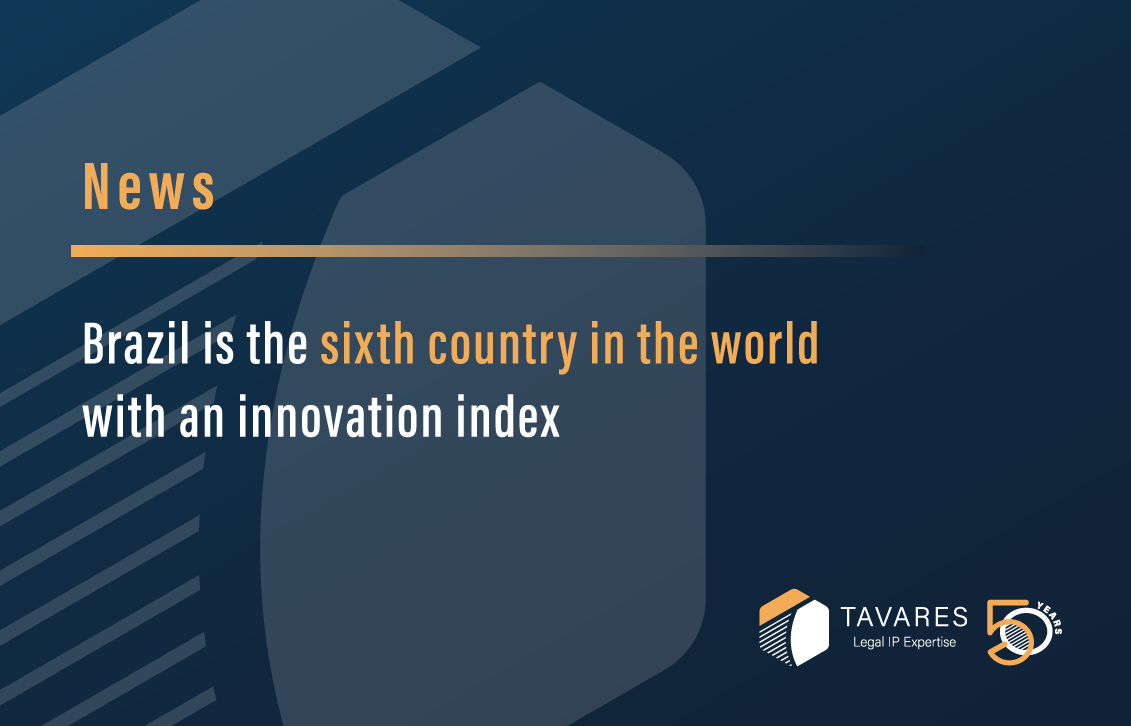States in the Southeast and South lead the index.
São Paulo, Santa Catarina, Paraná, Rio de Janeiro, and Rio Grande do Sul are Brazil’s most innovative economies, according to the first edition of the Brazil Innovation and Development Index (IBID), released this Monday (5) by the Brazilian Patent and Trademark Office (BPTO), an agency linked to the Ministry of Development, Industry, Commerce and Services.
The IBID is measured on a scale ranging from 0 to 1. The index considers different aspects of identifying national and regional leaders in innovation. The index comprises 74 indicators divided into seven pillars: institutions, human capital, infrastructure, economy, business, knowledge and technology, and creative economy. These pillars, in turn, are divided into 21 dimensions: credit, investments, education, regulatory environment, sustainability, knowledge creation, and intangible assets, among others.
São Paulo is the national leader with IBID 0.891. In second place is the state of Santa Catarina, with an index of 0.415. Paraná is next with 0.406, Rio de Janeiro with 0.402, and Rio Grande do Sul with 0.401. The national average is 0.291.
First Brazilian index
The IBID was developed using the methodology of the Global Innovation Index (GII) of the World Intellectual Property Organization (WIPO). According to the BPTO, the Brazilian index is the sixth national index created using this methodology. Only the European Union, China, India, Colombia, and Vietnam have their own indexes.
The IGI has been published since 2007 and ranks 132 countries based on their potential and challenges. In the most recent edition, in 2023, Brazil occupied the 49th position in the world ranking and the first in the regional ranking (Latin America and the Caribbean), rising five places compared to the previous year.
Brazil is a country of continental dimensions, with profound diversity throughout its vast territory. This diversity is visible and portrayed by economic, social, environmental, cultural, and demographic indicators. “The objective of the IBID in this context is precisely to fill an important gap in the national statistical system,” explains BPTO’s chief economist, Rodrigo Ventura.
“There was a gap in innovation until today. An important gap in the national statistical system is an indicator that would allow Brazil to have a picture of its reality in innovation from a regional and territorial perspective,” he reinforces.
Inequalities
The rankings produced from the IBID results highlight inequalities and also national diversities. While the Southeast and South regions concentrate innovation in the country, with states occupying seven of the top eight positions in the overall ranking, the North and Northeast regions focus on the lower part. States of both areas occupy the last 15 positions. The Center-West occupies an intermediate position in the overall IBID ranking.
The data show, however, that considering the income level of the population—measured by the Gross Domestic Product (GDP) per capita, that is, the sum of production and wealth produced in the state divided by the number of inhabitants—economies in the Northeast perform in innovation above expectations.
In all, 14 of the 27 federative units recorded results in innovation above expectations for their level of economic development. These are the so-called innovation exponents of the IBID. Eight are northeastern states: Maranhão, Paraíba, Piauí, Ceará, Sergipe, Rio Grande do Norte, Pernambuco and Bahia.
On the other hand, the study shows that 13 economies obtained results below expectations in innovation. This group includes Alagoas, Espírito Santo, in addition to the seven states of the North Region – Amapá, Acre, Roraima, Pará, Amazonas, Rondônia, and Tocantins – the Federal District and the other states of the Center-West: Mato Grosso, Mato Grosso do Sul and Goiás.
Innovation
According to BPTO, innovation is “a key element for the economic progress and competitiveness of economies, regardless of their income level.”
The institute emphasizes that the definition of innovation has been expanded and is no longer restricted to research and development laboratories or published scientific articles. In this sense, it is considered essential that innovation occurs “in a socially inclusive, environmentally sustainable and territorially integrated manner,” the text states.
According to Ventura, the results may highlight practices that can be replicated nationwide. “Each state presents different challenges and potentialities, and this is the wealth of data and information provided by IBID. The different dynamics and profiles of local science, technology, and innovation ecosystems,” he says, adding: “It reinforces and provides information and data on the challenges and potentialities of each state and each region. Not only the challenges and bottlenecks but also which states stand out in certain areas and probably have solutions or have followed paths their peers can copy.”
Source: Agência Brasil
Contact Tavares IP to explore how Brazil’s new innovation metrics can benefit your business. Our experts are here to help you protect your intellectual property and navigate the evolving innovation landscape. Click here to reach out for tailored support and insights.






